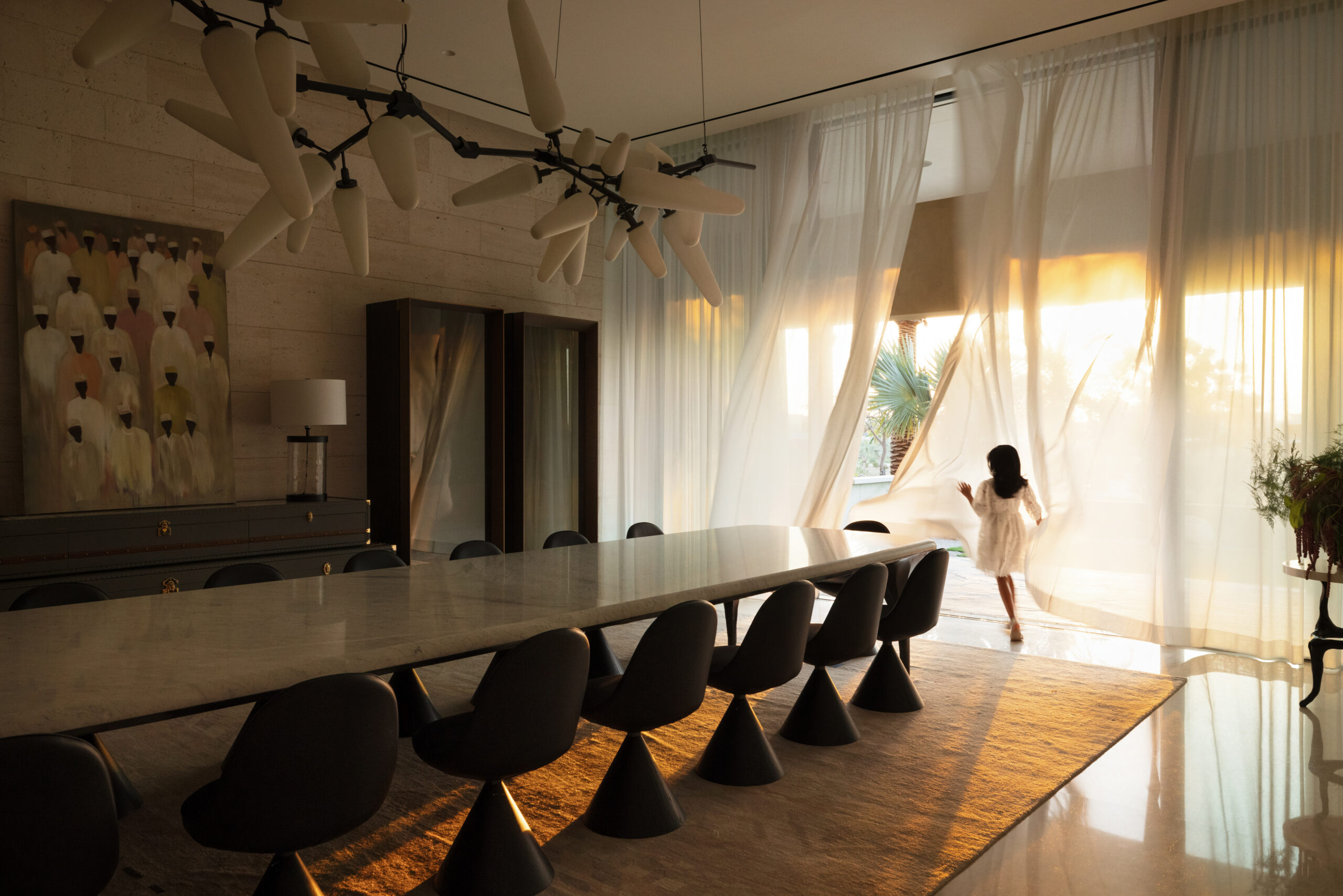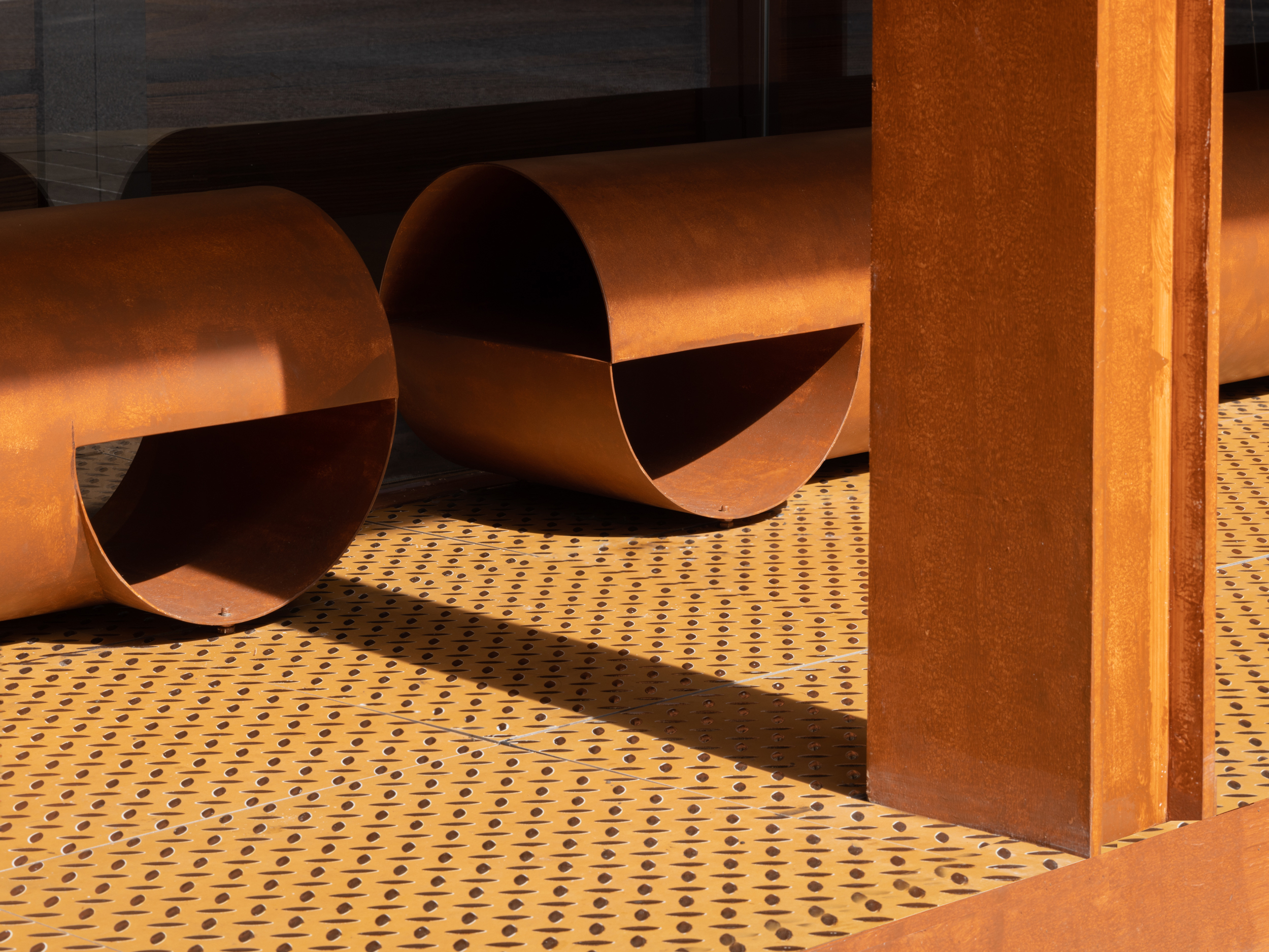Architects: Want to have your project featured? Showcase your work through Architizer and sign up for our inspirational newsletters.
Happy Pride Month, architects! Each June, the LGBTQ+ community celebrates its history, struggles and achievements, highlighting the ongoing fight for equality. To honor this fight meaningfully, we want to start the month by focusing not only on the parades, events and activism but also on the vital spaces where these activities occur.
Queer spaces have always existed, providing places for the LGBTQ+ community to gather, celebrate and find solace. Although their visibility was often suppressed by the pressures of heteronormative society, these spaces have consistently been vibrant, powerful and essential.
But what are queer spaces, exactly? Simply put, queer spaces are environments intentionally designed or designated to serve and reflect the LGBTQ+ community. They provide safe, inclusive and welcoming environments where LGBTQ+ individuals can express their identities freely and without fear of discrimination.
Queer Spaces Throughout History
Throughout history, queer spaces have evolved significantly, reflecting the shifting social attitudes towards the LGBTQ+ community.

“A courting couple at the symposium.” / Symposium scene with youths.” Louvre Museum, Cup – Terracotta – 1, CC BY-SA 4.0
In ancient Greece for example, same-sex relationships were a part of everyday life and public spaces like gymnasiums and baths were places where these relationships could thrive. The gymnasium in Greece was not just a place for physical training but also a social hub where men could form relationships that often led to romantic and sexual bonds. These spaces were open and accepted, reflecting a society where queer interactions were normalized.
As time passed and societies became more rigid and heteronormative, queer spaces moved underground. In 18th-century England, molly houses emerged as secret meeting places for men who engaged in same-sex relationships. Despite the risk of persecution, these clandestine gatherings offered a sense of community and belonging. Similarly, in 19th-century Paris, certain salons became known for their acceptance of LGBTQ+ individuals, providing discreet yet vital spaces for social and intellectual exchange.
Queer Spaces in the 20th Century
The early 20th century brought a mix of progress and repression for the LGBTQ+ community. During the Harlem Renaissance in New York City, speakeasies and nightclubs became crucial safe spaces for queer expression. These venues provided a refuge where LGBTQ+ individuals could socialize and express their identities freely, often challenging mainstream notions of “masculine” and “feminine” dress and behavior.
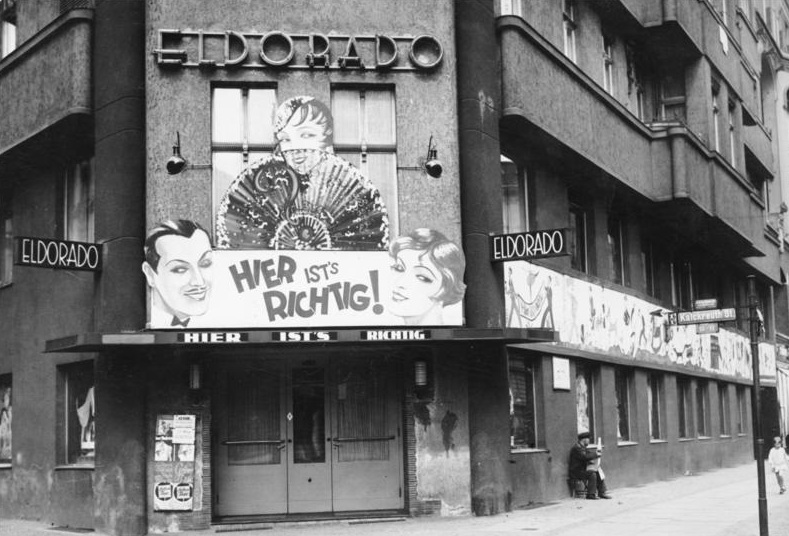
Bundesarchiv Bild 183-1983-0121-500, Berlin, Bar “Eldorado”, CC BY-SA 3.0 DE
In Berlin during the Weimar Republic, the LGBTQ+ community thrived with numerous bars, clubs and cultural venues like the Eldorado nightclubs, reflecting a period of relative freedom. However, this openness was abruptly ended by the rise of the Nazi regime.
The mid-20th century in the United States was marked by severe repression during the Lavender Scare, leading to widespread persecution of LGBTQ+ individuals. Despite this, underground bars and private parties continued to provide refuge. The Stonewall riots in 1969 marked a turning point. The Stonewall Inn became a symbol of resistance, sparking the modern LGBTQ+ rights movement and highlighting the importance of queer spaces as sites of activism and community.
The 1970s and 1980s saw the emergence of prominent LGBTQ+ neighborhoods like the Castro District in San Francisco, which became symbols of gay liberation and community solidarity. During the AIDS crisis, community centers and support groups played a crucial role in providing care and advocacy.
Emergence of New Queer Space Typologies
Moving into the 21st century, significant legal advancements, including marriage equality in many countries, transformed public perception and increased the visibility of LGBTQ+ spaces. This era has seen the emergence of new types of queer spaces designed to address the evolving needs of the community.
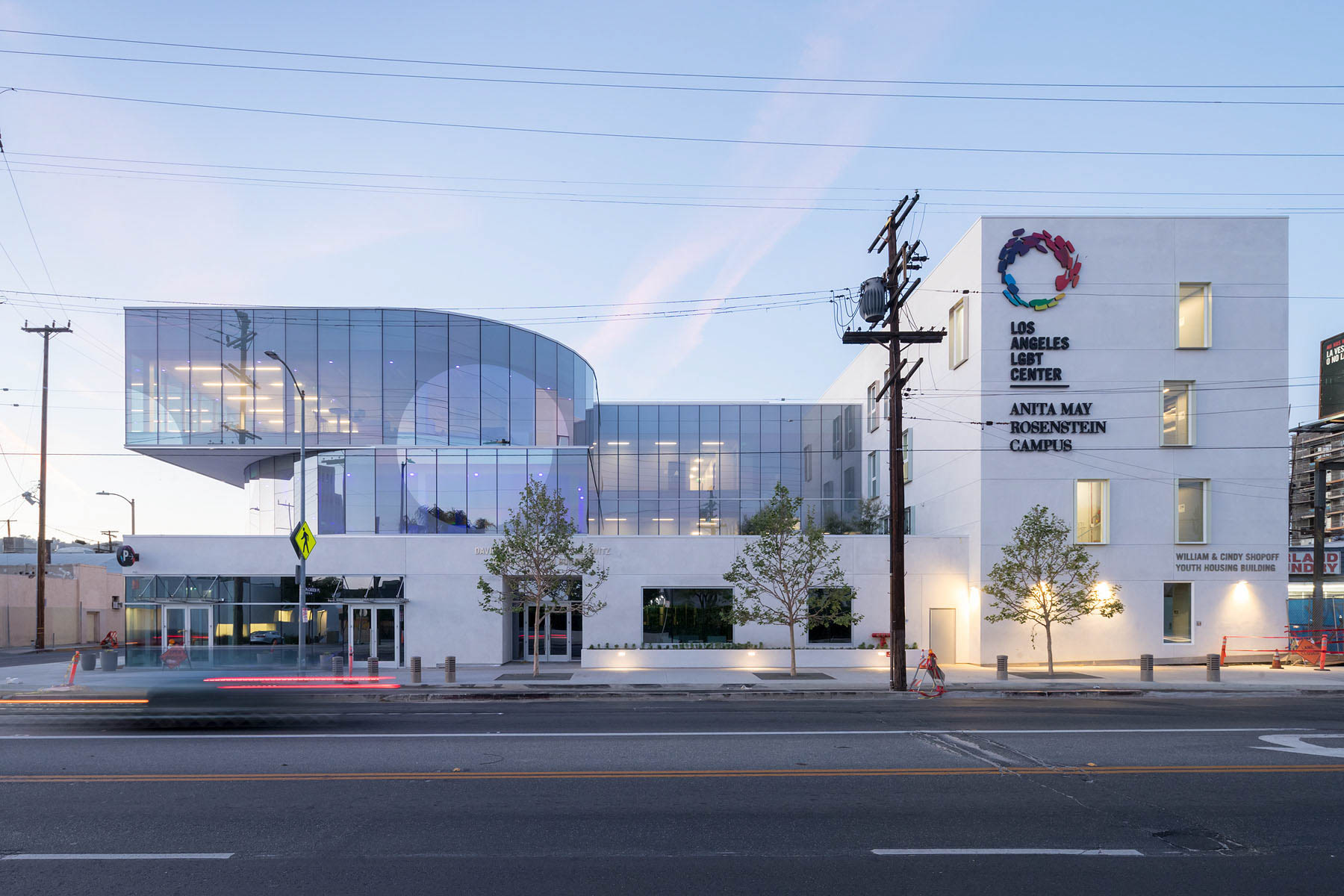
Los Angeles LGBT Center – Anita May Rosenstein Campus by LEONG LEONG, Killefer Flammang Architects, Los Angeles, California
Today, queer spaces have diversified to include a range of typologies that cater to different aspects of LGBTQ+ life. With increased public support and legal protections, community centers now thrive as central hubs for the LGBTQ+ community. These centers provide safety, resources and a sense of belonging, offering services ranging from counseling and health support to educational programs and social activities. Architecturally, these centers are designed to be welcoming and inclusive, often featuring open layouts, accessible facilities and vibrant, community-focused interiors.
As many LGBTQ+ individuals continue to face homelessness and discrimination, shelters and housing initiatives have become crucial. These spaces provide safe, supportive environments for those in need. The design of these shelters prioritizes safety and comfort, incorporating private living spaces, communal areas for social interaction and supportive services that help residents rebuild their lives.

My Heart Beats Like Yours by Estudio Guto Requena, São Paulo, Brazil
With greater freedoms and protections, there is also a heightened need for education and acceptance. Public installations have emerged as powerful tools for the visibility and celebration of LGBTQ+ contributions. Art pieces, memorials and interactive displays in public spaces challenge the norms by reflecting queer culture and identity.
These installations promote visibility by being strategically placed in prominent locations, ensuring that queer culture is visible and celebrated. They educate the public by providing information and context about the LGBTQ+ community, fostering understanding and acceptance. By using bold, symbolic designs, these installations celebrate the diversity and resilience of the LGBTQ+ community, making a strong visual impact and conveying powerful messages.
In a design sense, public installations often incorporate interactive elements that engage the public and encourage them to learn more about LGBTQ+ history and culture. The strategic placement of these installations ensures maximum visibility and engagement with a broad audience, making them effective tools for promoting visibility, education and celebration of LGBTQ+ identity.
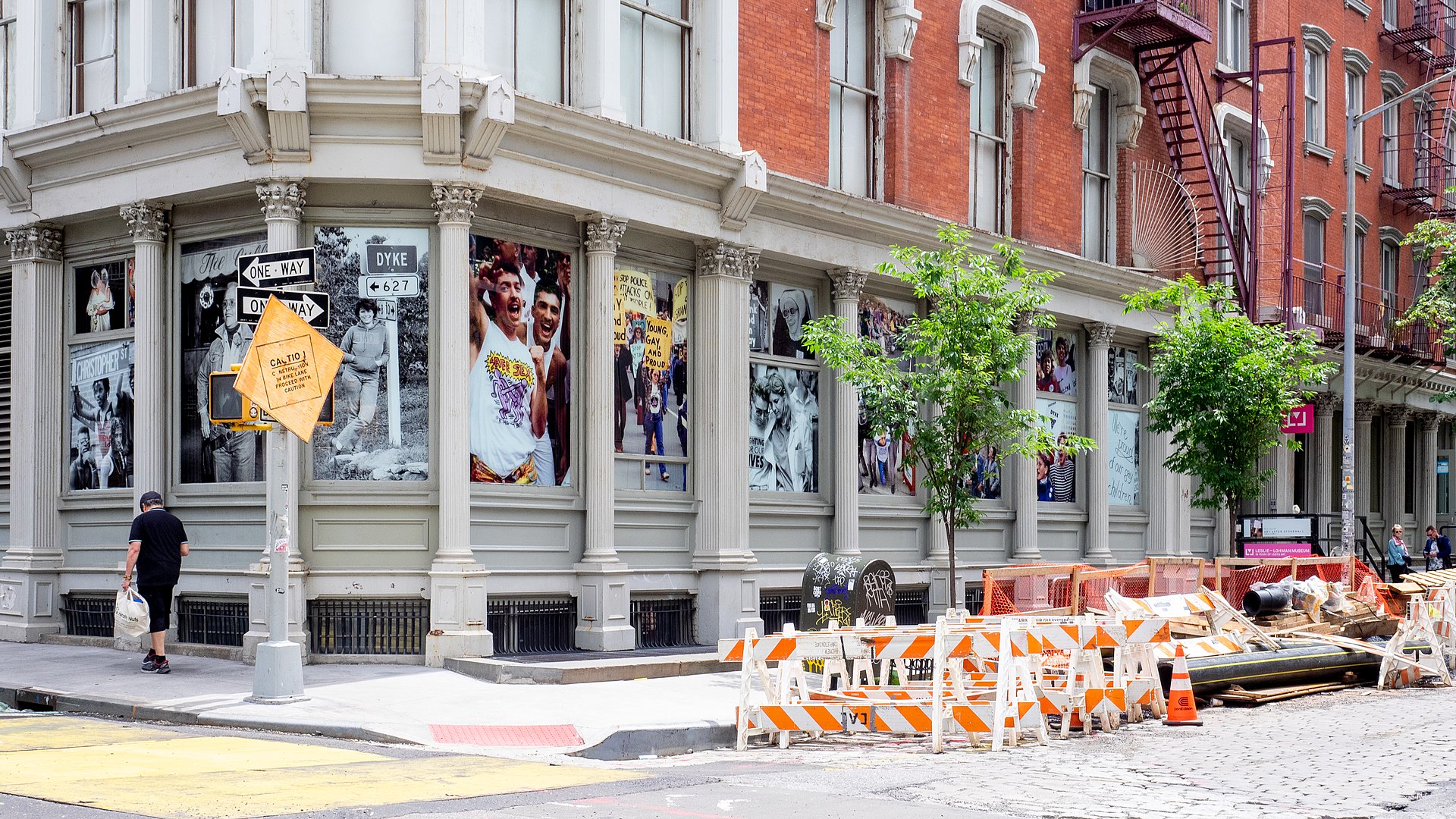
Ajay Suresh from New York, NY, USA, Leslie-Lohman Museum of Gay and Lesbian Art – NYC (48129032106), CC BY 2.0
Cultural institutions like museums and galleries play a crucial role in preserving and celebrating LGBTQ+ history and culture. They offer exhibitions, archives and programs that educate the public about the rich heritage and ongoing struggles of the LGBTQ+ community. The Leslie-Lohman Museum of Art in New York, for instance, is dedicated to presenting art that speaks to the LGBTQ+ experience, fostering a deeper understanding and appreciation of queer culture.
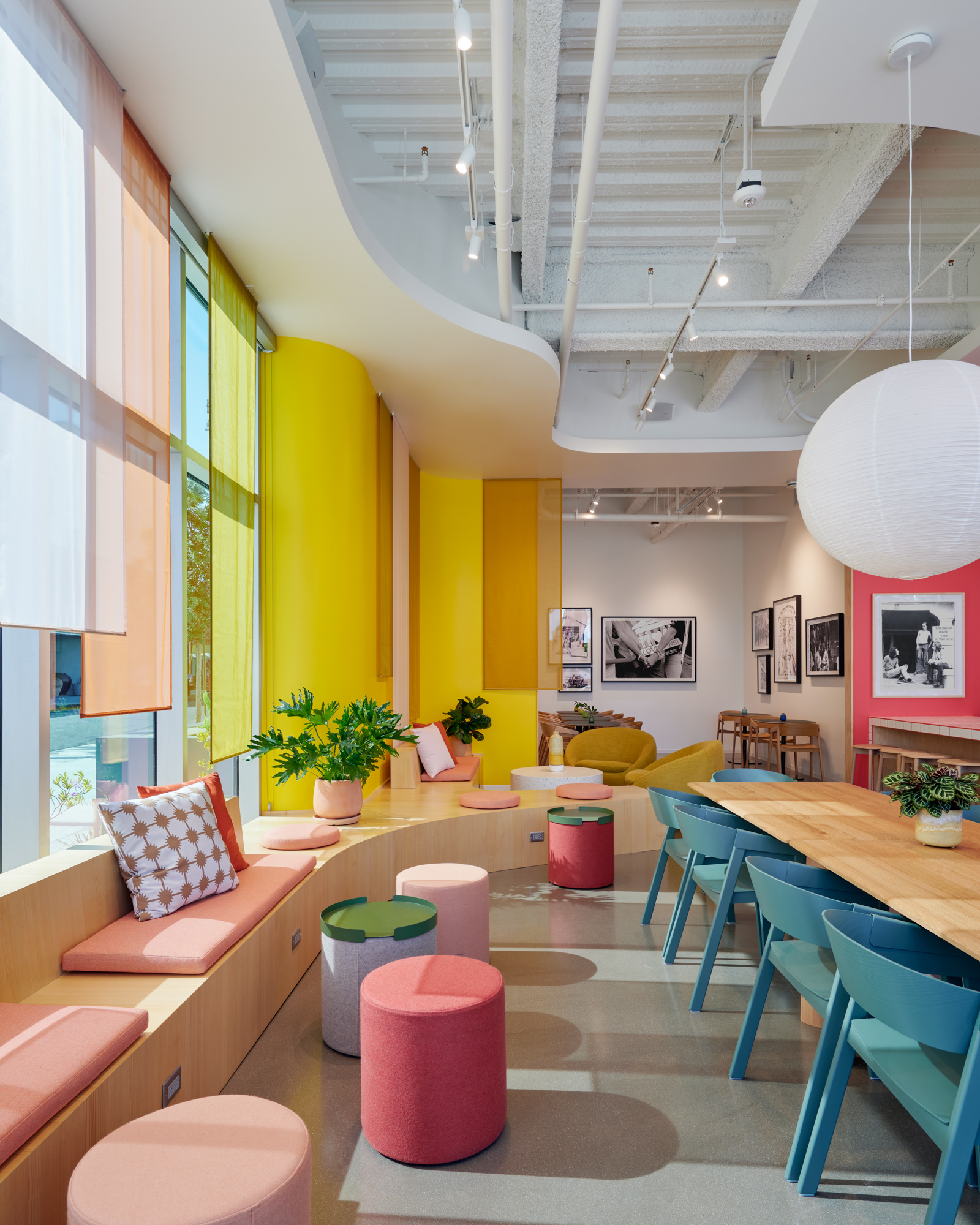
Liberation Coffee House by ORA, Los Angeles, California
Bars, clubs and cafes still remain amongst the most essential queer spaces that offer acceptance and a sense of normalcy. As we mentioned earlier, these venues have historically been safe havens where LGBTQ+ individuals could express themselves freely.
These spaces often feature intimate layouts that create cozy, welcoming environments encouraging personal interactions and community bonding. They are adaptively designed to host a variety of events, from quiet coffee mornings to lively dance nights, catering to the diverse needs of the community. Inclusive signage and decor use symbols and designs that reflect LGBTQ+ pride and inclusivity, making patrons feel recognized and valued. These venues not only provide a social space but also support mental and emotional well-being by offering a sense of belonging and a place where individuals can be their true selves without fear of judgment or discrimination.
The Meaning of Queer Spaces in a Design Sense
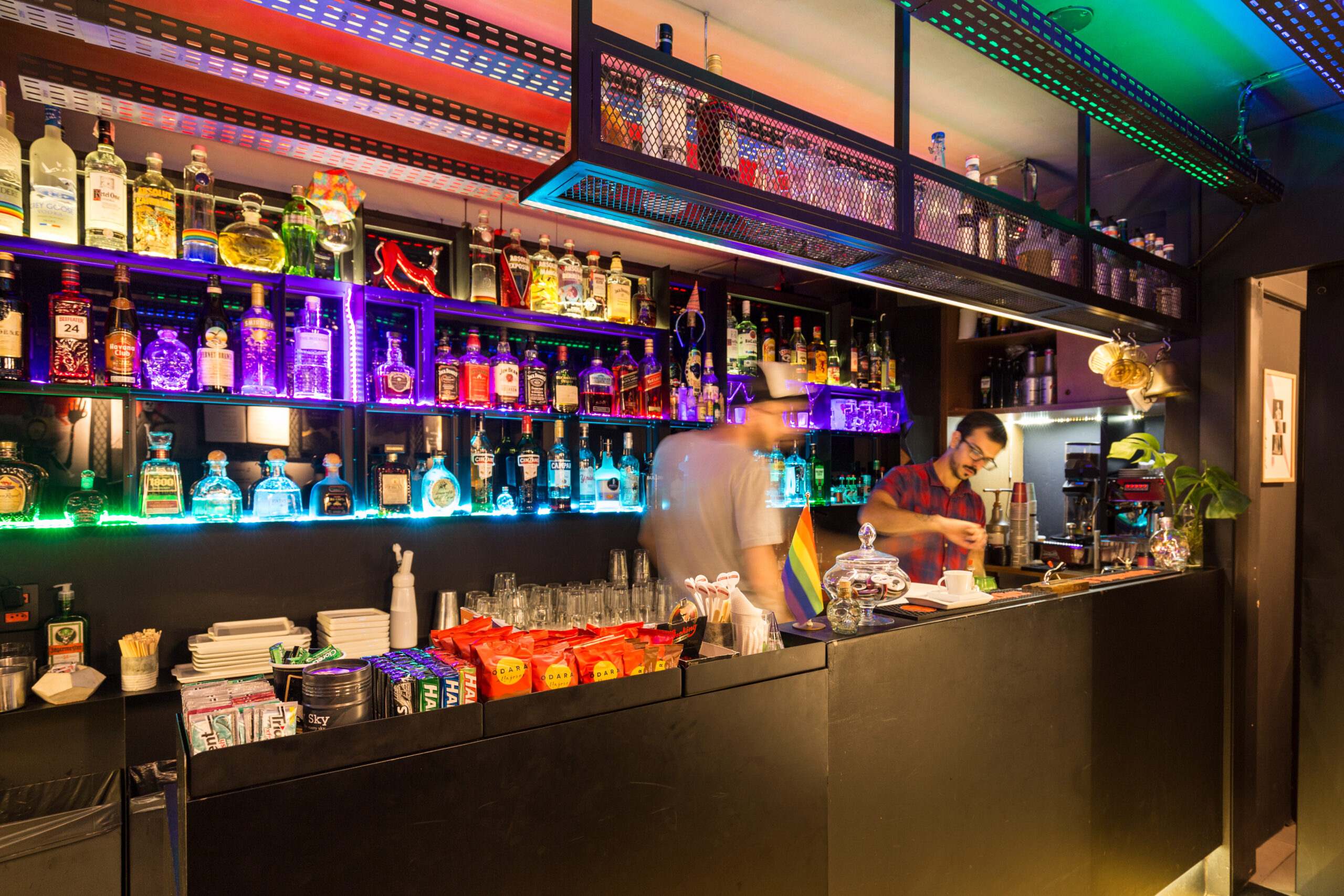
Josephyna’s Bar/Cafe by Urban Ode Arquitetura e Urbanismo, Porto Alegre, Brazil
Queer-friendly designs prioritize inclusivity, safety and visibility. Features such as gender-neutral bathrooms, accessible entrances and inclusive signage are common. Additionally, these spaces often incorporate open layouts that encourage social interaction and community building.
Architecturally, queer spaces challenge traditional norms by creating environments that celebrate diversity and foster a sense of belonging. They are designed to be welcoming to all, reflecting the community’s values of acceptance and inclusivity.
As we celebrate Pride Month, it’s clear that queer spaces are more than just physical locations — they are symbols of pride, resilience and community. Supporting and developing queer architecture ensures that LGBTQ+ individuals have safe, welcoming and visible spaces to call their own. These spaces not only address the immediate needs of the community but also celebrate its rich history and contributions, ensuring that the fight for equality continues in a meaningful and impactful way.
Architects: Want to have your project featured? Showcase your work through Architizer and sign up for our inspirational newsletters.





